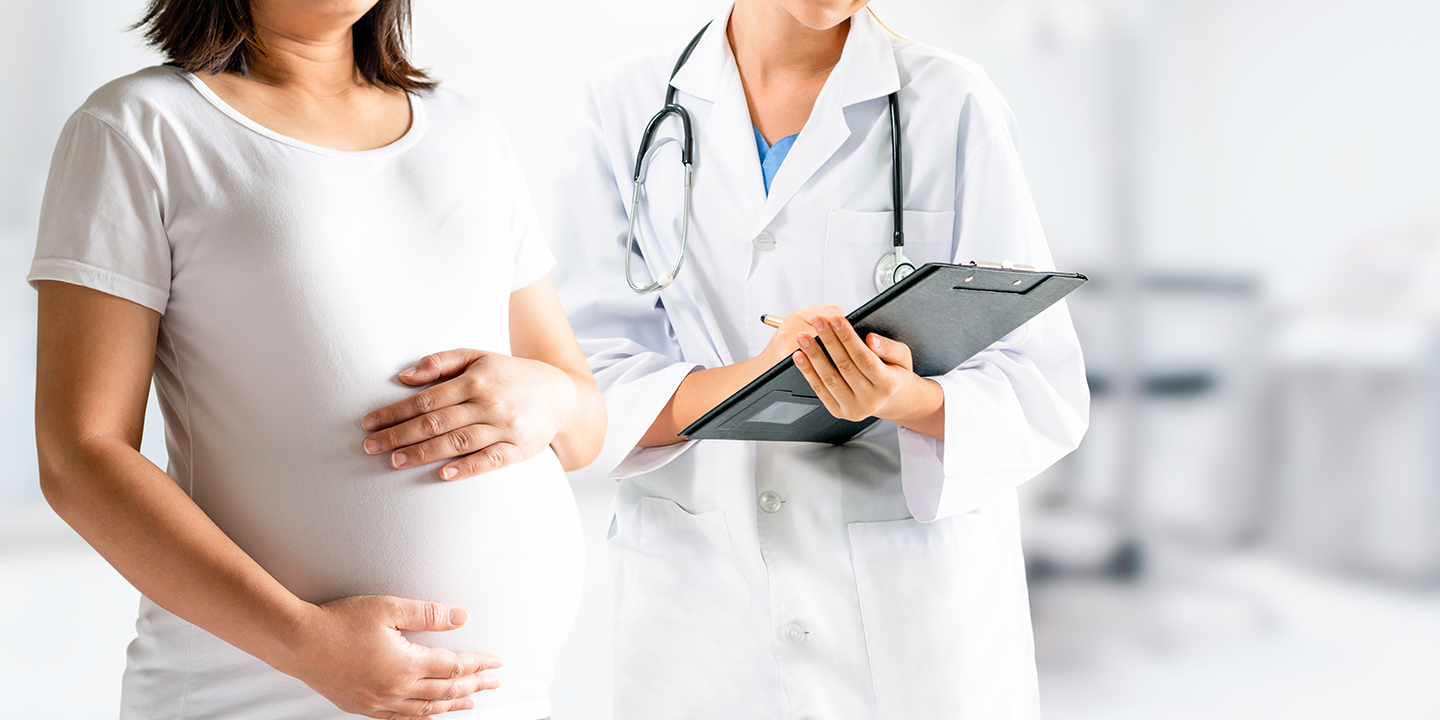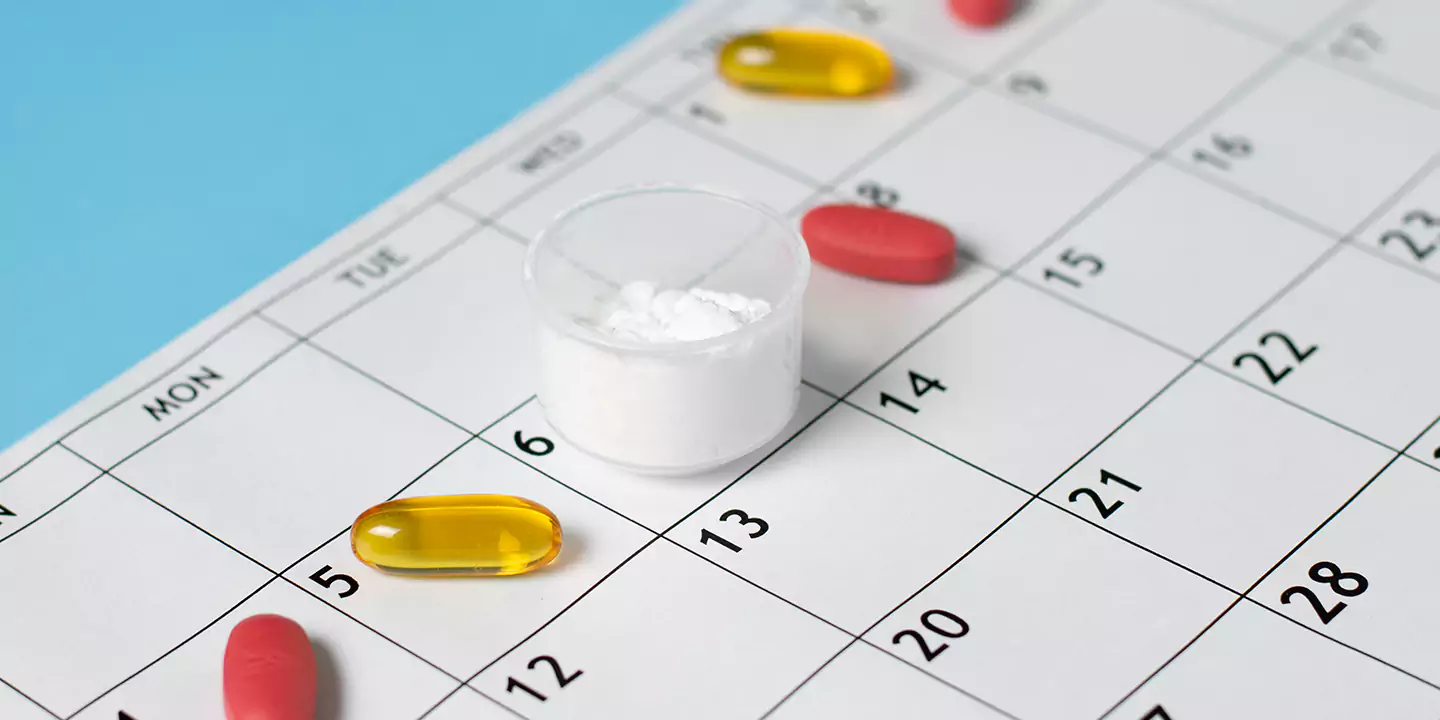
Hemorrhagic ovarian cysts, a type of functional ovarian cyst, can be a source of concern for many women. Characterized by bleeding within the cyst, these fluid-filled sacs can lead to intense pain and discomfort.
Understanding the duration of such cysts is crucial for managing symptoms and making informed decisions about treatment options.
In this article, we delve into the duration of hemorrhagic ovarian cysts, exploring their typical lifespan, symptoms, causes and treatment options.
In this Article
What is a Hemorrhagic Ovarian Cyst?
Hemorrhagic ovarian cysts are fluid-filled sacs that form on the ovaries and are characterized by internal bleeding or haemorrhage. These cysts typically develop during a woman’s menstrual cycle when a follicle that releases an egg fills with blood instead of rupturing and releasing the egg.
The presence of blood in the cyst causes it to expand and may lead to sharp pelvic pain, bloating, and irregular menstrual bleeding. While most hemorrhagic ovarian cysts resolve on their own within a few menstrual cycles, some may require medical intervention if they persist or cause severe symptoms.
Related Blog: What Size of Ovarian Cyst is Dangerous? Complete Guide
How Long Does a Hemorrhagic Ovarian Cyst Last?
The duration of a hemorrhagic ovarian cyst can vary from woman to woman and depends on various factors, including the size of the cyst, individual health, and the effectiveness of any treatments used. In many cases, small hemorrhagic ovarian cysts will resolve on their own without medical intervention within a few menstrual cycles.
Generally, hemorrhagic cysts can last anywhere from a few weeks to a few months. During this time, the cyst may change in size or gradually resolve as the body reabsorbs the blood and fluids within the cyst.
However, larger or persistent hemorrhagic cysts may take longer to resolve, and in some cases, they may require medical treatment or even surgical intervention if they cause severe symptoms or complications.
If you suspect you have a hemorrhagic ovarian cyst or experience symptoms such as severe pelvic pain, irregular bleeding, or nausea, it is essential to seek medical attention for proper evaluation and guidance on the appropriate management approach.
Hemorrhagic Ovarian Cyst Symptoms
Hemorrhagic ovarian cysts can cause a variety of signs, and the severity can differ from person to person. Some common hemorrhagic cyst symptoms include:
- Pelvic pain
Acute or blunt pain in the lower abdomen or pelvic area is a typical symptom. The pain may be intermittent or constant and can range from mild to severe.
- Menstrual irregularities
These cysts can disrupt the menstrual cycle, leading to heavier or irregular periods.
- Bloating
Some women may experience abdominal bloating or a feeling of fullness.
- Pain during intercourse
Sexual intercourse may be uncomfortable or painful due to the pressure caused by the cysts.
- Nausea and vomiting
In some cases, larger cysts can cause nausea and vomiting.
- Tenderness in the breasts
Hormonal changes associated with the cysts may cause breast tenderness or swelling.
- Painful bowel movements
Large cysts can put pressure on the bowel, leading to pain during bowel movements.
Causes
Hemorrhagic ovarian cysts are typically caused by the rupture or bleeding of a functional ovarian cyst. Functional ovarian cysts are fluid-filled sacs that form on the ovaries during the menstrual cycle. They are a normal part of the reproductive process and usually resolve on their own without causing any issues.
The two main types of functional ovarian cysts that can lead to hemorrhagic ovarian cysts are:
- Follicular cysts
These cysts form when a follicle, which contains an egg, fails to release the egg during ovulation. Instead, the follicle continues to grow, filling with fluid and blood.
- Corpus luteum cysts
After the release of the egg during ovulation, the follicle becomes the corpus luteum. If the corpus luteum seals off and accumulates blood, it can become a hemorrhagic cyst.
Hormonal imbalances, certain medications (such as fertility drugs), and conditions that affect hormone regulation can increase the risk of developing hemorrhagic ovarian cysts.
Related Blog: Ovarian Cyst and its Impact on Pregnancy and Fertility
Hemorrhagic Ovarian Cyst Treatments
The treatment options for hemorrhagic ovarian cysts depend on factors such as the size of the cyst, the severity of symptoms, and whether any complications are present. Here are some common hemorrhagic cyst treatment options:
- Watchful waiting
In many cases, small hemorrhagic ovarian cysts resolve on their own without intervention. Doctors may recommend a period of watchful waiting to see if the cysts shrink and symptoms improve over time.
- Pain management
Over-the-counter pain medicines, like ibuprofen or acetaminophen, may help alleviate pelvic pain and discomfort associated with the cyst.
- Hormonal birth control
Oral contraceptives or different hormonal birth control techniques can help regulate hormone levels and prevent the formation of new cysts.
- Laparoscopy
If the cyst is large, persistent, or causing severe symptoms, a laparoscopic surgical procedure may be performed to remove the cyst while preserving the ovary.
- Drainage
In some cases, if the cyst is large and causing significant pain, the doctor may recommend draining the cyst using a needle guided by ultrasound.
- Oophorectomy
In rare cases where the cyst is very large, or if there are concerns about cancer, the affected ovary may need to be surgically removed.
Conclusion
The duration of a hemorrhagic ovarian cyst varies depending on factors such as size and individual health. While smaller cysts often resolve within a few menstrual cycles, larger or persistent cysts may require medical intervention. If you experience symptoms such as pelvic pain, menstrual irregularities, or discomfort during intercourse, it’s crucial to seek professional evaluation. At Queen’s Gynecology, we offer the best treatment options for hemorrhagic ovarian cysts. Visit our clinic to receive expert care and personalized solutions for your gynaecological health needs.
FAQ’s
Hemorrhagic cyst recovery varies but generally takes a few weeks to a few months.
In many cases, small hemorrhagic cysts may resolve on their own with the menstrual cycle.
Yes, it’s relatively common for women to develop hemorrhagic ovarian cysts during their menstrual cycles.
Natural remedies may help manage symptoms, but a medical evaluation is essential for appropriate treatment and potential cyst resolution.






























































































































































































